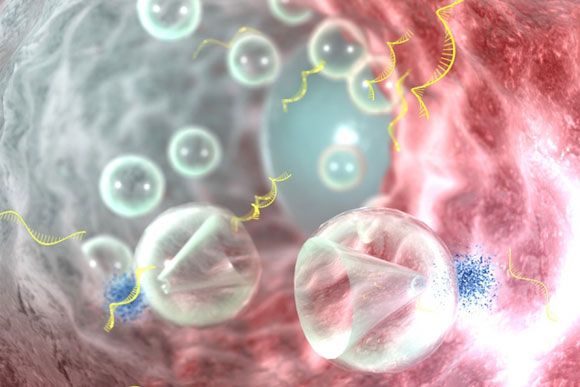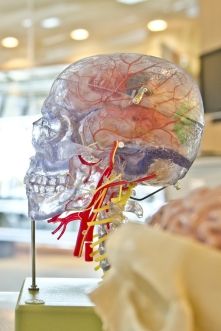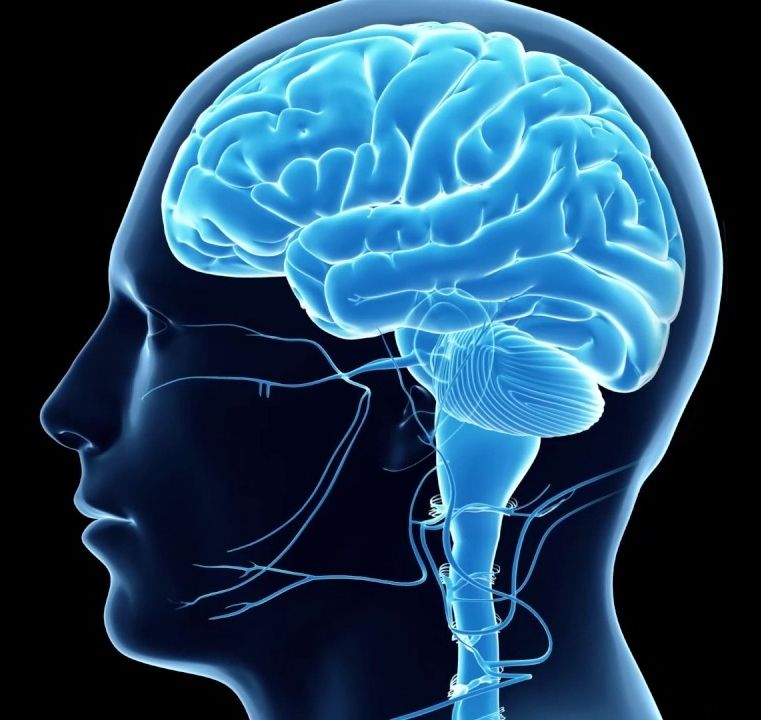A team of engineers has developed a new RNA delivery technique that uses short bursts of ultrasound to efficiently deliver RNA into cells, reducing colon inflammation.
MIT and Brigham and Women’s Hospital researchers have demonstrated that they can deliver strands of RNA efficiently to colon cells, using bursts of ultrasound waves that propel the RNA into the cells. Using this approach, the researchers dramatically turned down the production of a protein involved in inflammatory bowel disease (IBD), in mice.
“What we saw in this paper was the ultrasound can enable rapid delivery of these molecules,” says Carl Schoellhammer, a postdoc at MIT’s Koch Institute for Integrative Cancer Research and the study’s lead author. “In this case it was proinflammatory molecules that we were shutting off, and we saw tremendous knockdown of those proteins.”









